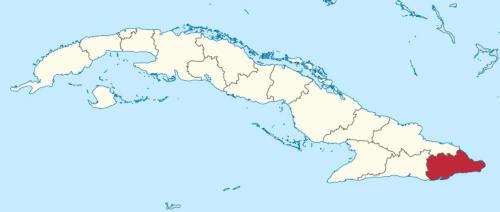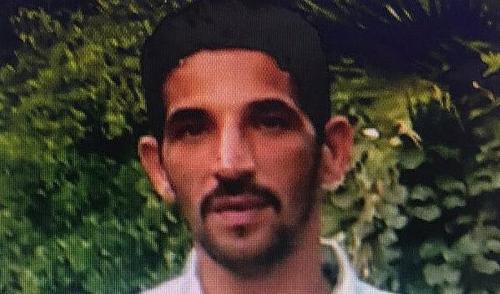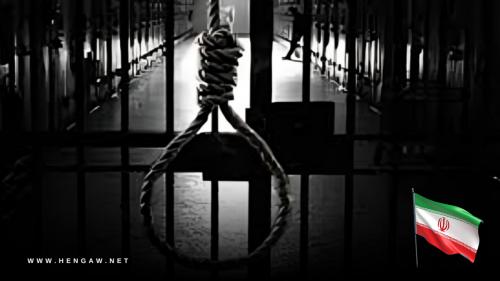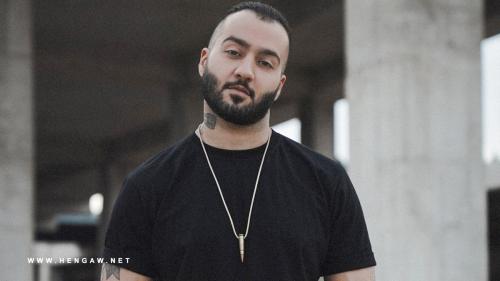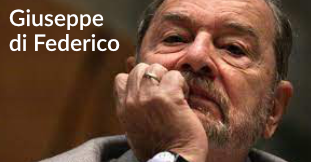19 January 2022 :
‘It’s a huge political albatross’: Guantánamo Bay, 20 years on----The US-run enclave has proved hard to dismantle over 2 decades, a legal anomaly and lead weight wrapped around America’s global reputation.
On 4 January 2002, Brig Gen Michael Lehnert received an urgent deployment order. He would take a small force of marines and sailors and build a prison camp in the US-run military enclave on Cuba’s south coast, Guantánamo Bay.
Lehnert had 96 hours to deploy and build the first 100 cells, in time for the first plane-load of captives arriving from the battlefield in Afghanistan on 11 January. The job was done on time: a grid of chain-link cages surrounded by barbed wire and 6 plywood guard towers manned by snipers. There were 5 windowless huts for interrogations. It was named Camp X-Ray.
Camp X-Ray was built in three days, but the sprawling Guantánamo Bay prison camp which grew out of it has proved very hard to dismantle. About 780 detainees have been held there over the past 20 years, many of them swept up arbitrarily on the battlefield. One university study found that 55% of them had not committed hostile acts against the US or its allies.
3 of the past four US presidents (Donald Trump being the exception) have tried to close it, but 20 years on, it is still there, a legal anomaly and lead weight wrapped around America’s global reputation.
As the 20th anniversary approached, Lehnert, now retired, appeared at a Senate hearing and looked back in regret.
“The speed of Guantánamo’s creation and the urgency to gain information had bad consequences,” Lehnert told senators. “I am not an attorney, but even I know that when you forego generations of legal thought and precedent, bad things happen.”
Lehnert had been part of a group of military officers who tried to make Guantánamo a conventional prisoner of war camp, subject to the Geneva conventions, but they were overruled by their superiors in the Pentagon, which had chosen the site precisely because it would lie outside the rule of law.
“I remember overhearing conversations that it was useful to put a facility for holding captured terrorists in Guantánamo, because basically there was no clear legal context and that was seen as an advantage,” Daniel Fried, a career US diplomat who was working in the Bush White House at the time, told the Guardian. “What I kept hearing in those days was it’s a brand new world, the old rules don’t apply.
“It turned out to be a horrible mistake,” he said.
It has been a hard mistake for the US to erase, as Fried knows first-hand. In the Obama administration, he was made special envoy for closing Guantánamo. He had some success in the first year of the administration in persuading allied governments to accept Guantánamo detainees, and the camp’s population was reduced to 41, but Barack Obama failed to fulfil his pledge to shut it down completely. His administration gave up on efforts to hold trials in New York and place long-term detainees in an empty prison in Illinois in the face of furious local opposition.
Guantánamo Bay (known in the US military by its abbreviation GTMO) has been left to fester. Conditions have improved: the detainees are no longer in solitary detention and are kept in cell blocks with refrigerators and communal pantries, but the fact of detention without trial remains a constant. Over the 20 years of its existence, only 12 detainees have been charged, and only 2 have been convicted by the military commissions.
The trial of the five accused of direct participation in the 9/11 plot, including its supposed mastermind, Khalid Sheikh Mohammed, has not even started. They are entering the 10th year of pre-trial hearings. At the other end of the scale, 13 “low-value” inmates have been cleared for transfer, in some cases many years ago. Tawfiq al-Bihani, a Yemeni picked up in Iran in 2001, was recommended for repatriation in 2010. But because of congressional Republican opposition, bureaucratic inertia and the difficulty of finding countries willing to accept them, they are still stuck on the island.
Chairing last month’s judiciary committee hearing, the Democratic senator Dick Durbin noted: “A generation of conflict has come and gone yet the Guantánamo detention facility is still open, and every day it remains open is an affront to our system of justice and the rule of law.
“It is where due process goes to die,” Durbin said.
It is also where an increasing number of inmates may end their lives. Over the past 20 years, nine inmates have died in the camp, seven of them by apparent suicide. One of those was Yasser Talal Al Zahrani, a Saudi teenager at the time of his capture in Afghanistan in 2002. He was found dead in his cell 4 years later. His family insist he did not take his own life.
“A lot of people don’t realise the gravity of being imprisoned in GTMO” said Omar Deghayes, a Libyan citizen and UK resident, who spent five years there without charge. He was blinded in one eye in what he said was an assault by a guard.
“It’s not how people imagine. It’s worse,” Deghayes said. “I don’t see why GTMO is open when the Afghanistan war has ended. Put people on trial, let them see the evidence, and represent themselves, or release them.”
As time goes on, more prisoners face death in Guantánamo by natural causes. It will increasingly become a very expensive, yet very rudimentary, nursing home in the Caribbean. The Pentagon has asked for $88m to build a hospice for ageing detainees, the New York Times has reported. The prison camp already costs over half a billion dollars a year, working out at nearly $14m per detainee, compared to about $80,000 an inmate in US ‘supermax” prisons.
Joe Biden, like Obama, has pledged to close the camp, but so far has only reduced the prison population by one. Abdul Latif Nasser, a Moroccan captured in Afghanistan, was returned to his home country in July, after being held 19 years without charge. He had been on the point of release in 2016, but the required paperwork was not put together in time before the Trump administration took office. All work on releases stopped, and Nasser had to wait nearly 5 more years.
His lawyer, Thomas Durkin, is doubtful that Nasser’s release is part of a broader administration plan to shutter the prison.
“I’m not sure what their strategy is,” Durkin said. “They say they want to close Guantánamo, but they seem to be running into all the same problems that Obama did … Guantánamo has taken on a life of its own. It’s a huge political albatross, and frankly Obama dropped the ball.”
In 2010, a Republican-led Congress passed a defence spending bill that included clauses aimed at preventing prisoner transfers to the US and placing restrictions on transfers from Guantánamo. Those restrictions have been renewed and adjusted every year since.
Biden’s critics claim Biden is using Congress as an excuse for his slow progress. They point out he has not appointed a special envoy, and his administration declined invitations to send officials to the Senate hearing on Guantánamo.
The ranking Republican on the Senate judiciary committee, Chuck Grassley, taunted the Biden team, saying: “No one from the administration has come to defend the president’s plan to close Guantánamo, and I’m not sure there is a plan.”
Administration officials insist that a lot of the groundwork for emptying the camp is being done behind the scenes without fanfare, and that with a relatively small number of remaining detainees, a special envoy was not longer necessary.
“The state department staffs a team of officers in its bureau of counter-terrorism that focuses on Guantánamo transfers and related issues,” a senior administration official said. “The department is committed to ensuring that it can effectively address the needs of this priority mission. With only 39 detainees remaining, we are facing a far different landscape now.”
What has not changed in that landscape is the adamant Republican opposition to any move towards closure of the prison camp. Congressional Republican leaders, who supported transfers under the Bush administration, now portray all Guantánamo inmates, from the 9/11 accused to those cleared for release years ago, as “terrorists”.
In the December hearing, Grassley invoked the “over 4,000 service members have given their lives in a war on terror in Iraq and Afghanistan”.
“The veterans of those wars gave life and limb to protect Americans from terrorists, like those at Guantánamo Bay,” Grassley said.
In the face of such absolutist opposition, Hina Shamsi, director of the national security project at the American Civil Liberties Union, said the best administration strategy would be to drop its opposition in habeas corpus cases, and allow the courts to order prisoner transfers.
Those could be done “responsibly, lawfully and safely”, Shamsi said. “With court-ordered transfers, there are no congressional notification requirements.”
As for those inmates who have been charged, she argued the administration should pursue plea agreements, which would entail, among other compromises, taking the death penalty off the table.
The political storm that would erupt over any plea agreement would be explosive, and would be grist to the mill for the Republican portrayal of Biden as weak in the face of America’s enemies. But Bernard Harcourt, a law professor who also represented Abdul Latif Nasser, said the politics for Biden are not going to get any better.
“These are the kind of thorns that you need to pull out immediately,” Harcourt said. “With the midterms on the horizon and then another presidential election, the pressure is not going to ease up. It’s just going to get worse.”
https://www.theguardian.com/us-news/2022/jan/09/guantanamo-bay-20-years-on-detainees


